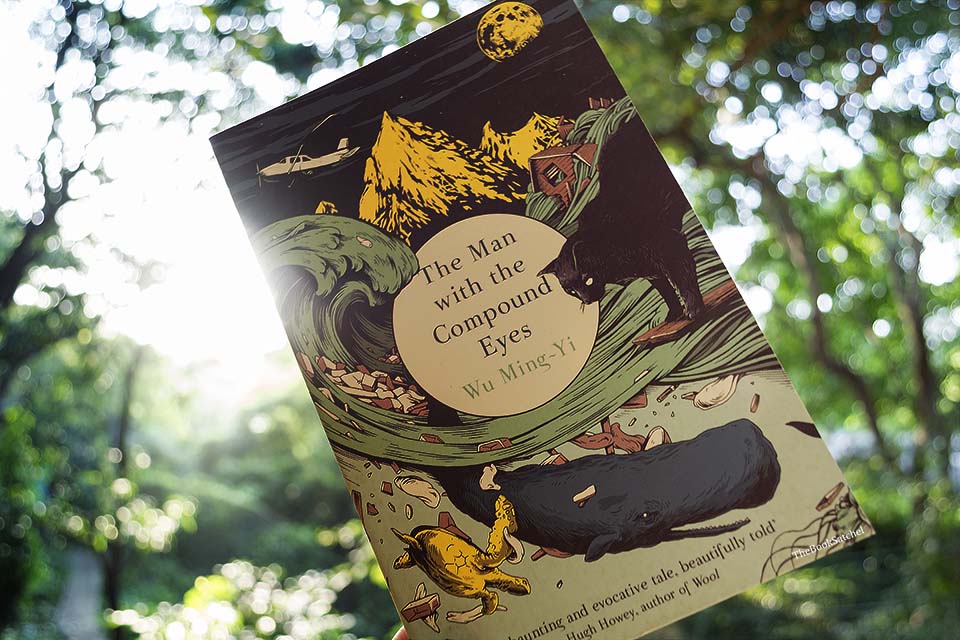Reader. Dreamer. Writer.
Atile’i is a second son, who must be sacrificed to the Sea God the day he turns fifteen according to the rules of his home island, Wayo Wayo. The story is about how Alice, who is grieving over the loss of her family meets Atile’i and how they help each other to find meaning in the personal and environmental disasters that affect their lives.
Review
The plot of this book revolves around the idea “Is there anyone who sees exactly the same thing out of either eye?” The book begins with the unexpected loss of Alice when her husband and son disappear and the expected loss of Atile’i who lived in the undiscovered island of Wayo Wayo and is forced into a ritualistic exile at the age of fifteen. The issues dealt with in the book are seen through the superstitions of Atile’i and the rationality of Alice. The story addresses a diverse group of people—scientists, bush people, masseuses, explorers, media people – whose lives change when an oceanic trash vortex collides with the island of Taiwan and threads the characters in the book together. This is Wu Ming-Yi’s portrayal of the actual Great Pacific Garbage Patch, floating near the surface of the central north Pacific.

I particularly enjoyed the stories and beliefs of the Wayo Wayo people, who live in perfect harmony with nature and their leaders, the Earth Sage and the Sea Sage. The language is vivid with environmental catastrophes described in a mystic way. The book talks about loneliness, loss, our relationship with nature, the cultural mix of the Aboriginals and the locals. The secondary characters of Alice’s friend, Dahu, a Bunun aboriginal who majors in forest ecology and Hafay, a Pangcah, who works as a masseuse in seedy places as a part of her struggle for independence add charm to the story. There are beautiful passages that talk about heart of mountains, sound of mountains, walking trees, butterflies and deers that morph into goats which I loved in the book.
Though the issue of dumping waste into sea was thought provoking and shocking, the take on seal hunting and the sub- characters associated with it seem non convincing. The book can be didactic at times and I felt the author focuses on too many issues at the same time. The Man with Compound Eyes (as the title goes) contributes very little to the plot. I have mixed feelings about this book as even though I came across many enjoyable passages, the inclusions of some sub characters seem revolting. You can try this book if you like a mix of realism and magical realism interspersed with ecological issues, folklores and cultures. The book is something you will finish with an ache in your heart.
Title: The Man With The Compound Eyes:
Author: Wu Ming-Yi
Translated by: Darryl Sterk from the Taiwanese
Published: 2011
Language: English
Pages: 304
Rating: 3.5/5










This sounds really fascinating — I’ll have to keep an eye out for it.
It is a different kind of a book. The first fiction I have read based on an environmental issue.